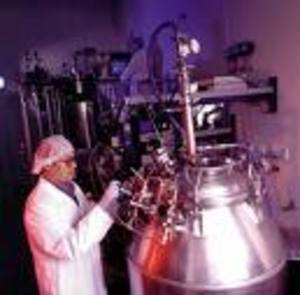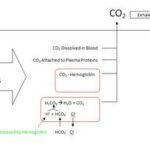Microorganisms live in the soil, water and air, and in the bodies of other organisms. You have already learnt about them in the previous lass. Al virus, some bacteria and some fungi are harmful, but most microorganisms are beneficial. Let us discuss some useful microorganisms.
Useful bacteria
1) Most bacteria are decomposers. Some decompose plant and animal remains, and release minerals into the oil and carbon dioxide into the air. Some act on nitrates in the soil and release nitrogen into the air. We use bacteria to treat sewage and to produce biogas from waste. We have also started using them o clean up oil spills.
2) Nitrogen-fixing bacteria draw nitrogen from the air and covert it into ammonia, nitrites and nitrates, which enrich the soil. Some bacteria help to dissolve minerals present in the soil. Plants cannot absorb these minerals unless they re dissolved.
3) Herbivores, like cows and goats, can digest grass because of the presence of cellulose -digesting bacteria in their ut. Human beings also benefit from the presence of some beneficial bacteria in their intestine.
4) Certain bacteria are used to make antibiotics. Some others are used for the industrial production of vinegar, ethyl alcohol, butanol and organic acids. Bacteria are also used t make enzymes, vitamins, hormone, proteins and other useful biochemical.
5) Certain types of bacteria are used for the tanning of leather, and the curing of tea and coffee.
6) Some bacteria are very useful as research tools in molecular biology, biochemistry and biotechnology. Major discoveries related to the structure and function of genes protein synthesis and immunology has been made as a result of studies on bacteria.
Useful fungi
1) Most fungi are decomposers. They add nutrias to the soil by decomposing organic matter.
2) Penicillium, a soil fungus, is used to originally produce in 1940; penicillin was the first antibiotic to be made.
3) Yeast used for the production of wine and other alcoholic beverages, bread, idli, dosa and many other fermentative products, it is a fungus. It is also used to produce proteins and vitamins.
4) Mushrooms and morels are also fungi. These are widely cultivated and eaten or their taste and nutritive value.
5) Some fungi are also used as tools of research in genetics and biotechnology.
Useful algae
1) Algae not only supply food to aquatic animals, but also release oxygen into the air through photosynthesis.
2) Some red algae are eaten in certain countries. Some are used as animal feeds, while others are used for making toothpaste, glue, jelly, and so on. Agar, used to chicken jelly and puddings, and in biological research, is obtained from two types of red algae.
3) A few blue-green algae, like nostoc and anabaena, are very useful for agriculture as they enrich the soil with nitrogen. They are used mostly in rice fields.
4) Some brown algae are important sources of iodine and potash, while some are used to produce confections (sweets).




